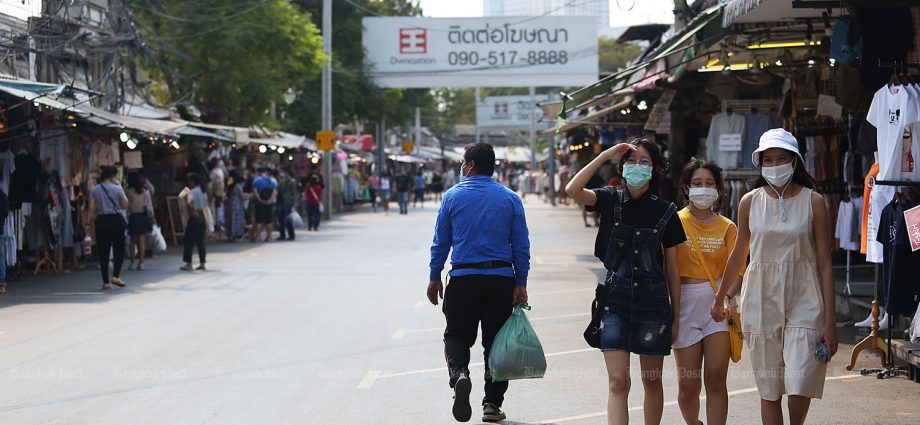
The Department of Medical Sciences has recently detected five emerging sub-variants of Omicron of Covid-19.
The department is closely monitoring the spread of these new sub-variants in the country, said Dr Supakit Sirilak, the department’s chief.
The department has already conducted whole-genome sequencing of the sub-variants, which are defined by the World Health Organization (WHO) as the sub-variants under close watch, he said.
However, Dr Supakit said, the spread is very limited when compared with BA.4/5, which counts for 82.5% of infections, followed by BA.2.75 (7%) and BA.2.75 (3.5%).
Dr Supakit provided details about some of the cases.
The department detected a third BA.4.6 case, that of a 59-year-old Thai man, and two cases of BA.2.3.20 — a 49-year-old Chinese man and a 10-year-old Thai girl.
There has been one case of BQ, a Thai man returning from Italy, Dr Supakit said, adding that XBB.1 was found in a 76-year-old Singaporean woman and a 44-year-old Thai woman who had just returned from Portugal. A single case of XBB was found, a 10-year-old Thai girl.
“In the EU and the US, we have found that the BQ.1 and BQ1.1 Omicron sub-variants are going to replace BA.4/5, and it is possible they might replace BA.4/5 in the country due to the less-restrictive travel now,” Dr Supakit said.
“Fortunately, we have not seen any signs indicating that BQ is much more severe than the original BA.4/5. We are preparing to closely monitor the BQ sub-variant.”
The department has been paying attention to BA.4.6 as a study found that it reduces vaccine efficiency by half, including BA.2.75 which has a fast infection rate, he added.

